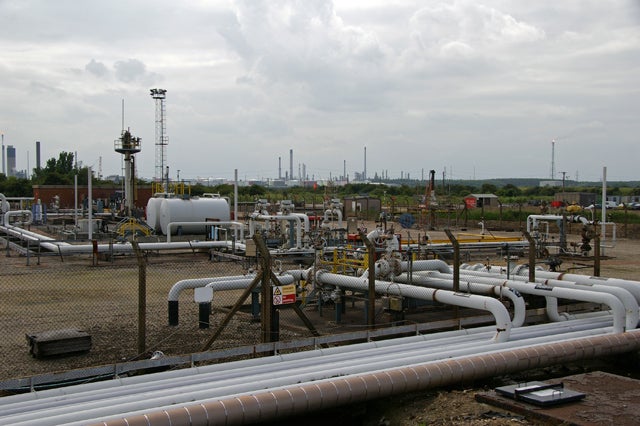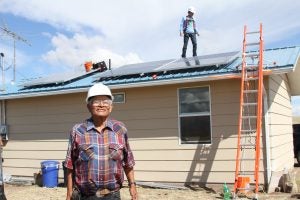 Just over a year ago, California’s SB 350 became law and was rightly celebrated for its boldness and impact, increasing the state’s renewable energy mix to 50 percent and doubling energy efficiency buildings. Today, a less heralded provision of SB 350 – charging the California Energy Commission with studying barriers to clean energy – pushes us toward exceeding our renewables and efficiency aspirations. Moreover, it recognizes that in order for the state to realize its climate and energy future, planning must include and reflect the needs of all Californians.
Just over a year ago, California’s SB 350 became law and was rightly celebrated for its boldness and impact, increasing the state’s renewable energy mix to 50 percent and doubling energy efficiency buildings. Today, a less heralded provision of SB 350 – charging the California Energy Commission with studying barriers to clean energy – pushes us toward exceeding our renewables and efficiency aspirations. Moreover, it recognizes that in order for the state to realize its climate and energy future, planning must include and reflect the needs of all Californians.
Through the SB 350 Barriers Study, the commission has engaged consumers, businesses, local leaders, environmental groups, and others to identify strategies that can unlock clean energy investments and spur growth in low-income and disadvantaged communities across the state.
The final version of the study and recommendations are scheduled for release later this month, just in time for lawmakers to noodle on the robust and far-ranging ideas before the 2017 legislative session. In addition, the commission – in conjunction with the California Air Resources Board – will issue a companion report about barriers to clean transportation. The study and its companion report are the kinds of tools that are critical for California to reach its clean energy goals. Read More










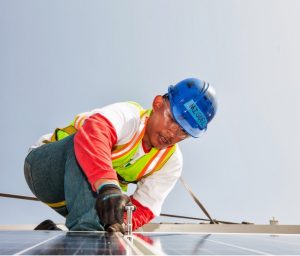 By: John A. Nicholson, Col., USMC (Ret), and EDF consultant
By: John A. Nicholson, Col., USMC (Ret), and EDF consultant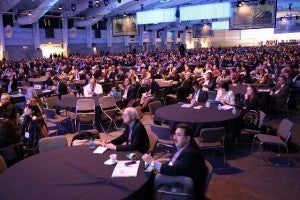 On November 13, 2016, the nation’s state and federal utility regulators – also known as the National Association of Utility Regulators Association (NARUC) – will meet for their 128th annual meeting in La Quinta, CA and host over 1000 participants. As a former NARUC president and seasoned observer of these meetings, I study the issues that rise to the top for the limited amount of meeting time available. The topics making the cut offer a snapshot of what is trending nationally in the various regulated sectors.
On November 13, 2016, the nation’s state and federal utility regulators – also known as the National Association of Utility Regulators Association (NARUC) – will meet for their 128th annual meeting in La Quinta, CA and host over 1000 participants. As a former NARUC president and seasoned observer of these meetings, I study the issues that rise to the top for the limited amount of meeting time available. The topics making the cut offer a snapshot of what is trending nationally in the various regulated sectors. On any given day, half a million Americans
On any given day, half a million Americans 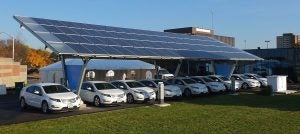 Customer interest and adoption of clean energy technologies, including
Customer interest and adoption of clean energy technologies, including 